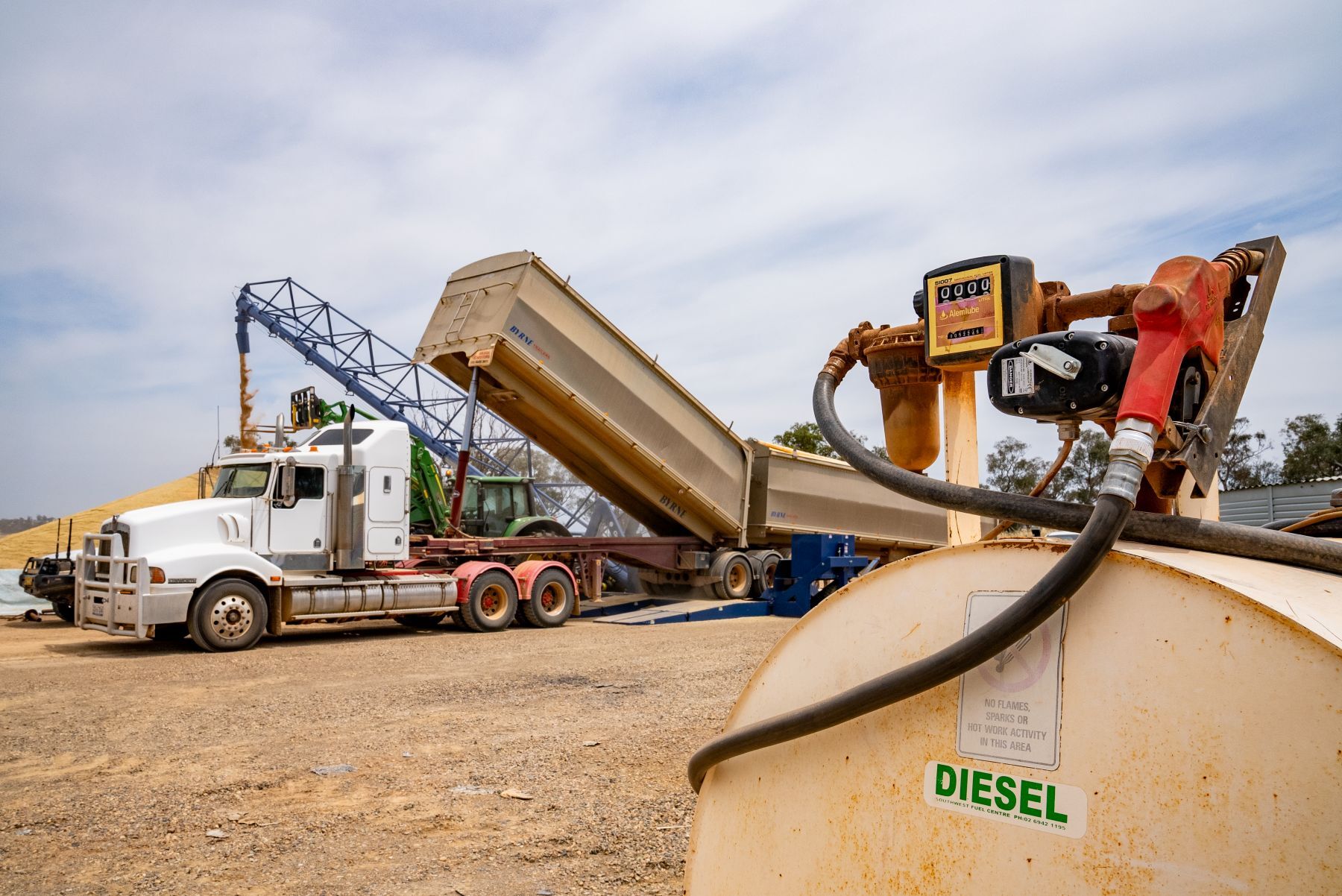Capacity growth signals confidence in lotfeeding
A historically high cattle market has pushed cattle-on-feed numbers lower for the September quarter. Confidence in the sector has far from waned,...

I once worked with a German fellow who told me growing up his government made them terrified of Russia and in Russia the government were doing the same to its population. The reality was that neither country had the capability nor the want to mount large scale warfare against its neighbours.
Similarly, we have been warned for decades that the involvement of Iran would mount to a serious escalation of regional warfare in the Middle East, potentially triggering World War III. Successive western Governments have been reluctant to engage Iran in any conflict, despite knowing Iran was a major funder of terrorist groups and the source of instability throughout the region. In hindsight, the wariness may have had more to do with its impact on the supply of oil and its impact of global growth, with the oil shocks of the early 1970s firmly in the minds of western politicians.
So, I was somewhat surprised that apart from a spike in commodity markets mid last week on thoughts that the US may enter the conflict, market reaction to the US bombing of Iranian nuclear facilities over the weekend has been almost indiscernible. Part of this can be traced to US efforts to develop energy independence after its involvement in regional conflicts throughout the Middle East during the Bush Administration.
We would be naïve to think that a few well-placed bombs and an emboldened Israel would bring peace to a region that has been at war with itself for much of the last century. For now, though it seems that Iran and its backers have decided to regroup rather than retaliate by closing key transit routes or launching sustained attacks on Israel or US military bases in the region.
While the bombs have stopped falling, putting on my economist hat, it is worthwhile going through some of the possible scenarios of a sustained regional conflict with Iran. The major short-term threat would be closure of key shipping lanes through the Iran controlled Strait of Hormuz which would cause:
Fuel prices rise globally;
Freight and fertiliser costs spike; and,
Insurance and shipping surcharges would increase.
So far none of this has come to pass with oil prices quickly retracing their gains. I look to oil prices as a bell-whether for determining market sentiment and the likely impact on global growth of such events.

Source: LSEG Workstation
This chart shows brent crude oil futures prices in $US per barrel
The only major ramification has been Urea prices which have spiked with Egyptian production shutdown as gas storages were emptied, and supplies cut to reduce the possibility that these sites would be targeted.

Source: LSEG Workstation
This chart shows Egyptian urea prices in $US per tonne.
Looking further afield, ongoing instability in the region could disrupt supply chains and cause some chaos in key markets. Countries throughout the Middle East are important customers of Australian agricultural exports responsible for 3% of beef and 20% of Australia’s sheepmeat exports. A component of these exports are chilled high value items that are air freighted and are particularly sensitive to any instability throughout the region.
The Middle East and North Africa is also an important destination for grain trade with the region accounting for 40% of global wheat trade. The likelihood of any prolonged disruption to trade routes may entice importers to increase stocks, however, this has not come to pass with grain following oil prices lower over the past few days. The prospect of disruption to trade routes through the Middle east could shift Asian importers to other regions such as Australia and Canada that can avoid transit through the region.
Elders Business Intelligence Analyst Richard Koch combines a deep understanding of global market dynamics with regular insights from Elders staff on the ground, providing informed analysis shaped by both data and real-world observations.
.png)
A historically high cattle market has pushed cattle-on-feed numbers lower for the September quarter. Confidence in the sector has far from waned,...
.png)
Last week, MLA & the Australian Lot Feeders Association (ALFA) released the Q3 Lot Feeding Brief report providing detailed insights into how the...
.jpg)
New data released in the past week from the Australian Bureau of Statistics (ABS) and Meat & Livestock Australia (MLA)/Australian Wool Innovation...